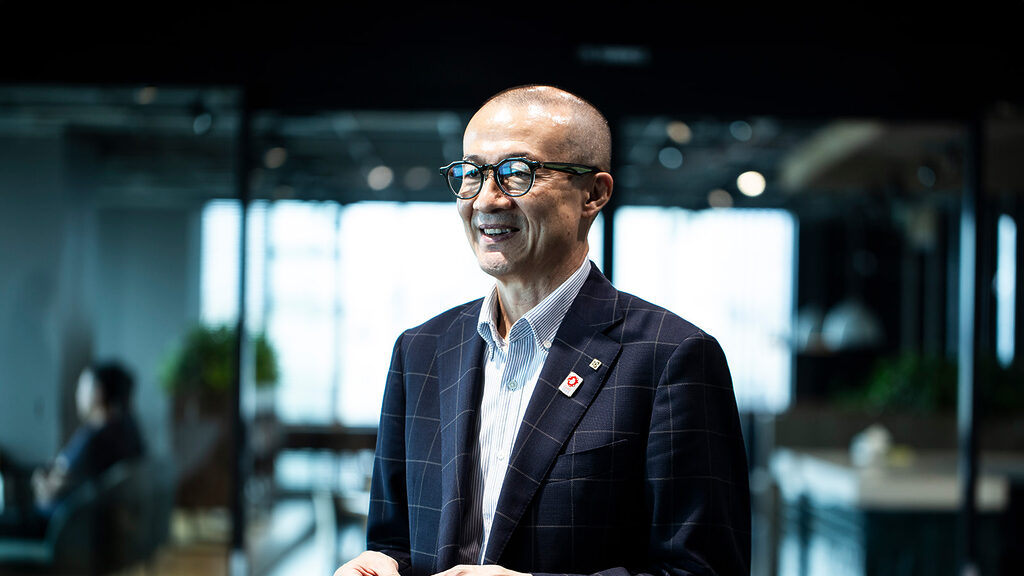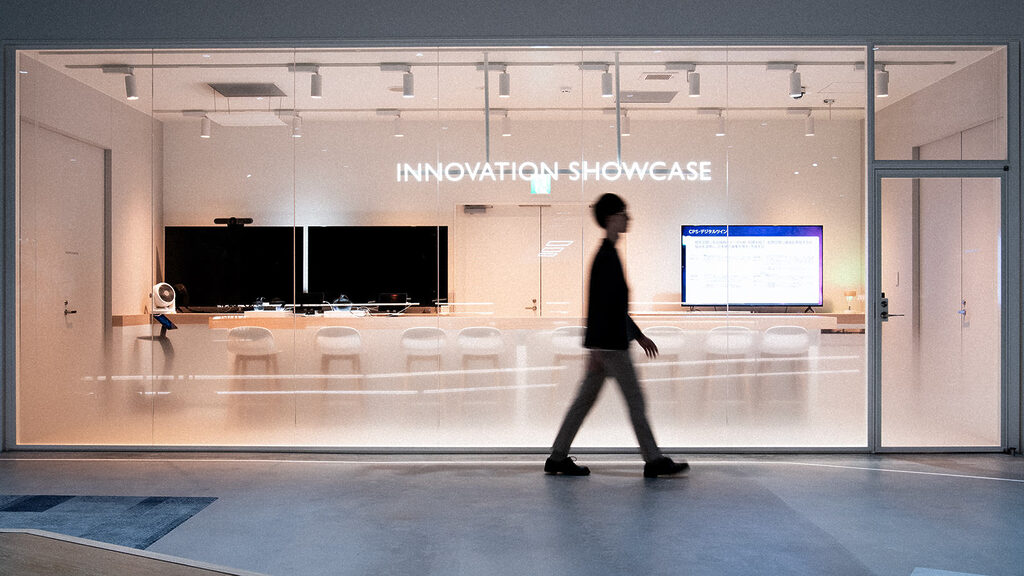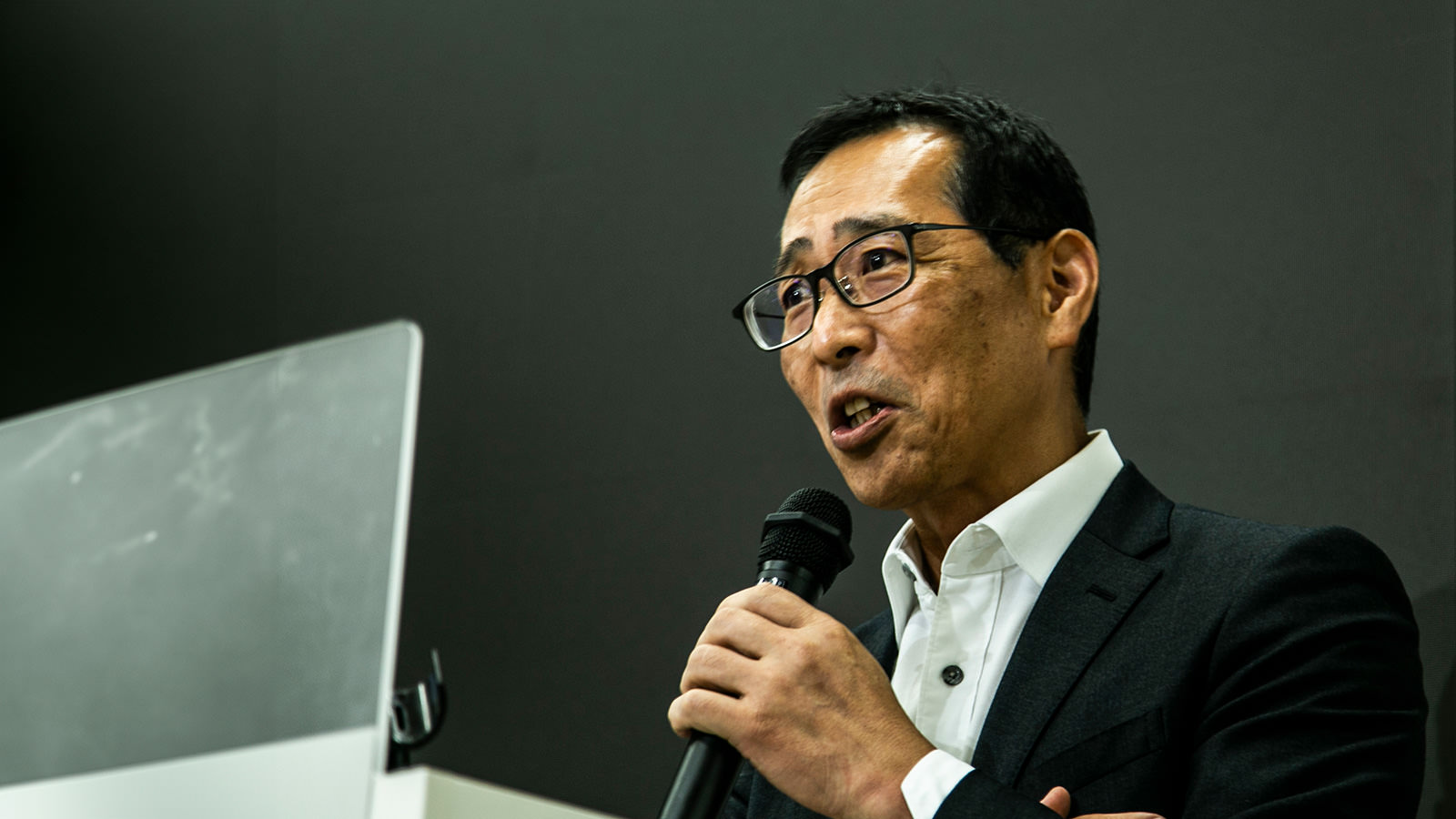
From higher frequency light to millimeter wave, developing millimeter wave modules for demonstration (Tatsuya Banno, Director and CTO, Fujikura Ltd.)
XGMF ODAIBA IX Core Report
The theme of this year's event was "Reports from the Field of Industrial Technology and Cutting-edge Telecommunication Technology." Among the five sessions, this report introduces the lecture by Tatsuya Banno, Director and CTO of Fujikura, "Fujikura's Technology Development Strategy and Millimeter Wave Technology"....
2024/10/04
Posted on 2024/10/04
The XGMF Workshop for Millimeter Wave Promotion has upgraded its name to XGMF-ODAIBA IX Core and started new activities, and this time, Vol. 8, was held under the theme of "Reports from the field of industrial technology and cutting-edge communication technology. This report introduces the presentation "Fujikura's Technology Development Strategy and Millimeter Wave Technology" by Mr. Tatsuya Banno, CTO of Fujikura (TeleGraphic Editorial Department).
Fujikura is a B to B company with a long history dating back to 1885. Fujikura has grown as a wire and cable company, but in the 1970s it diversified its business to include peripheral components, construction work, and automotive wiring harnesses, and in the 1980s it expanded into optical fiber and flexible printed circuit boards (FPCs). In the high-temperature superconductivity business, we are just beginning to see a way out with its application to nuclear fusion. Millimeter wave, which is the focus of today's discussion, is derived from the optical fiber business, which has become a pillar of the information and telecommunications business.
Fujikura has identified three areas in which we should concentrate as a technology platform: the first is next-generation optical communications, the second is next-generation energy, and the third is millimeter wave applications. These are the DX (Digital Transformation) and GX (Green Transformation) areas, which we believe are important for solving social issues.

28GHz and 60GHz modules under development and demonstrated at IOWN
In this section, I will explain millimeter wave applications. Regarding millimeter wave, I think many companies are approaching from lower frequencies. Fujikura, on the other hand, is approaching it from the higher frequency of light. As we have been steadily advancing our research and development, we are now able to manufacture RFIC (Radio Frequency Integrated Circuit) by introducing IBM's technology in 2019. Our history is that we have integrated a group of optical subsystems and brought them to module manufacturing, bringing us closer to a form that can be used by our customers.
Two commercial products are currently under development: one is a module combining a 28 GHz millimeter wave IC and an antenna, which is being developed for 5G communications. The other is a 60GHz communication module that combines an antenna module with a signal processing processor.
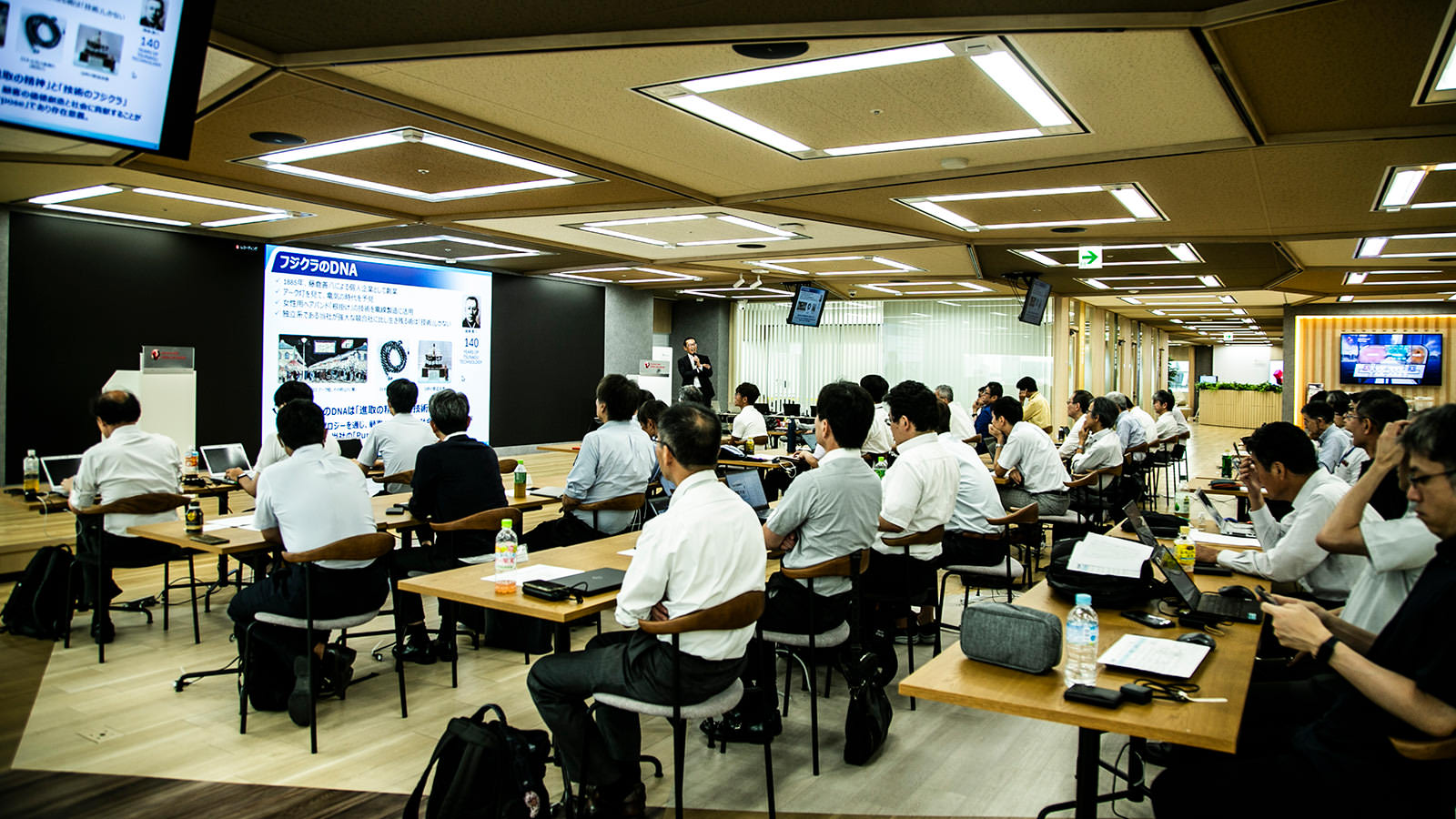

The 28 GHz module is called the "Phased Array Antenna Module. It has four features: first, its high-precision beam control enables a high-quality communication environment with no dead spots; second, its small size; third, its flexible configuration according to installation conditions; and fourth, its ability to transmit and receive both horizontal and vertical polarizations simultaneously.
The 60 GHz module is a communication module that uses the unlicensed band, which does not require a license, for high-speed, broadband private communications. The wide coverage enables long-distance high-capacity transmission, and the wide bandwidth allows for multiple simultaneous connections. It is intended for industrial applications.
Fujikura's millimeter wave module was used in a joint demonstration experiment of low latency and high capacity transmission at NTT East's IOWN Lab, where an automated patrol robot filmed data center racks in the NTT Comware building and transmitted the footage for real-time monitoring. ware building, high-speed video transmission was performed using 60GHz millimeter wave, and transmission to the remote location was connected using IOWN's All Photonics Network (APN) with high resolution and low latency. We believe that certain results were achieved as a solution combined with cameras. The current state was achieved through a tie-up between Fujikura, an optical fiber and cable manufacturer, NTT and other telecommunications carriers, equipment manufacturers, and construction companies.

Thus, Fujikura has high expectations for millimeter wave. On the other hand, it will be difficult in some areas if each company only provides individual solutions; the IOWN joint demonstration experiment is one example, but we would like to collaborate with many of you to grow millimeter wave into a large and broad technological area, like optical fiber.
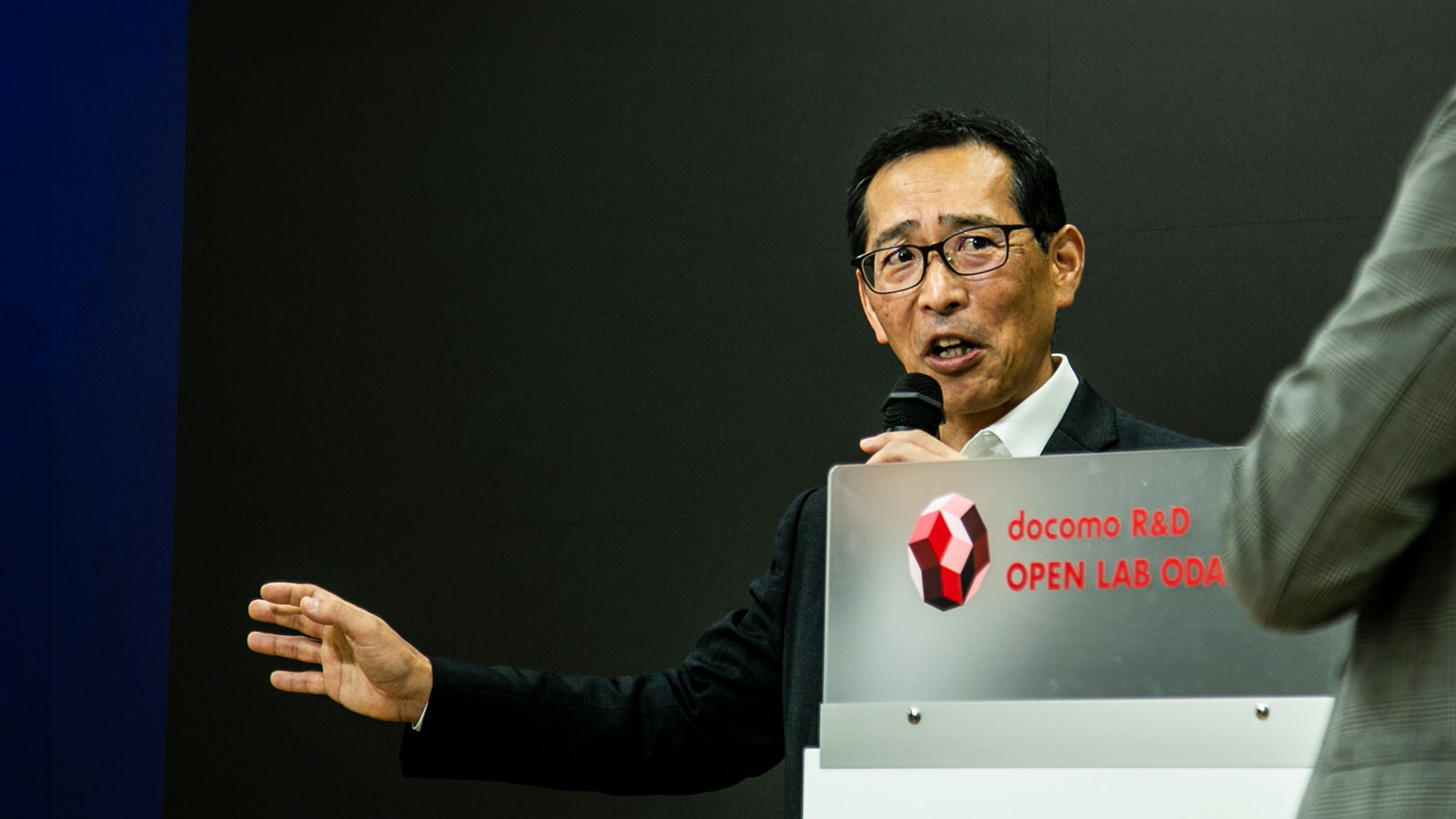
Tatsuya Banno
Director and CTO, Fujikura Ltd.
In April 1987, he joined Fujikura Electric Wire Ltd. (currently Fujikura Ltd.) in April 1987, where he served as General Manager of the Optical Manufacturing Engineering Department of the Optical Fiber & Cable Systems Division, General Manager of the Optical Fiber Manufacturing Engineering Department of the Optical Business Division, Deputy General Manager of the Optical Fiber Division, and Executive Officer and General Manager of the Optical Fiber Division, before being appointed Director, CTO and Head of New Business Creation and R&D Division in June 2022 (current position).


